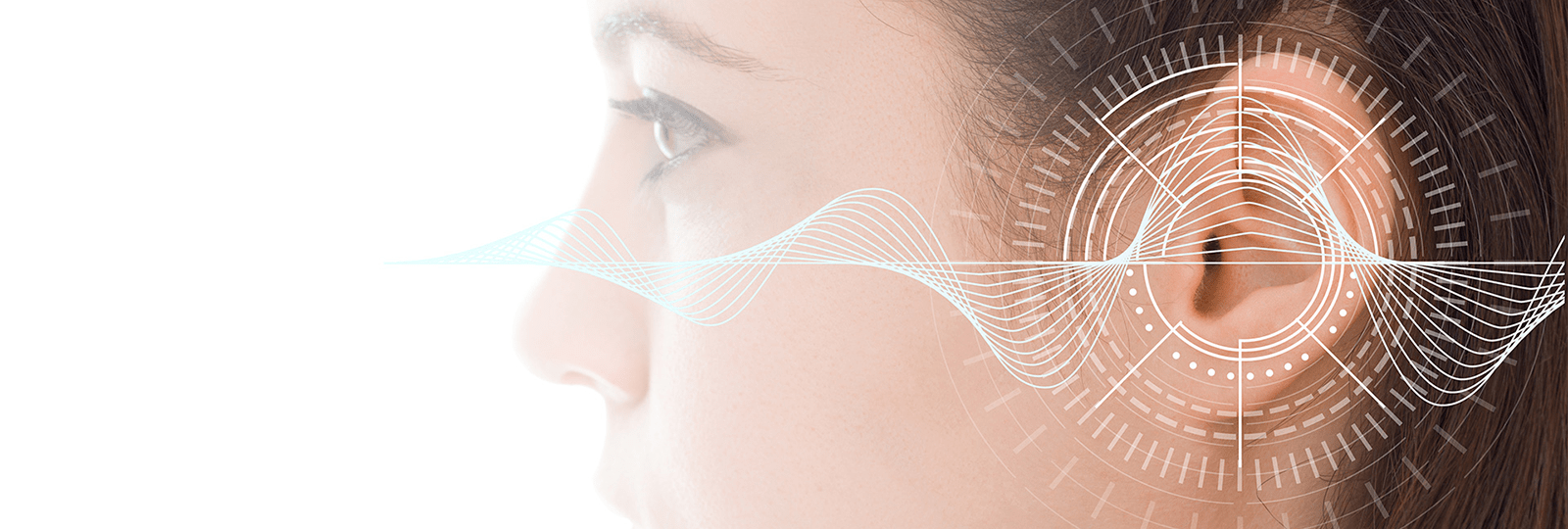How does hearing actually work?
The journey from the ear to the brain shapes how we hear and interpret sound. On this page, we’ll guide you through this fascinating process—exploring how hearing truly works. Only when sound travels smoothly from the outer ear to the brain can it be recognized as speech, music, a ringing phone, or any other everyday sound. That’s why healthy, well-functioning ears are essential—not just for hearing, but for understanding, responding, and staying connected to life around you.

